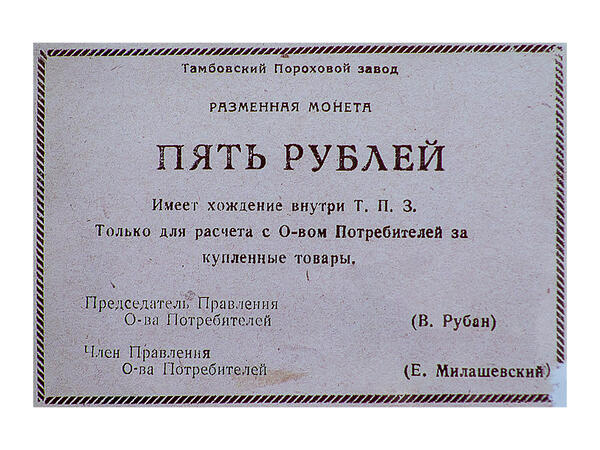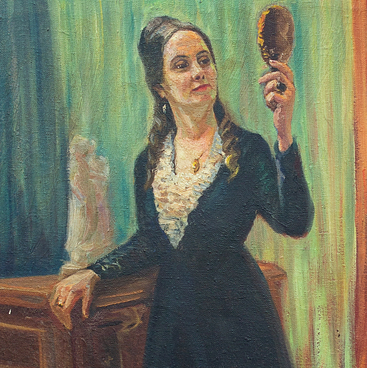At the beginning of the First World War, the Russian Empire held the world’s largest gold reserves with an estimated value of 1.695 billion rubles. However, the gold holdings were significantly run down by the war. For the first time in a long period, Russia had to print money that was not backed by gold. A steep increase in the supply of unbacked money resulted in hyperinflation. By 1917, the prices had increased by 3.36 times on average.
In the early months of the new Soviet state, there was a severe shortage of cash since the existing banking and tax systems had been destroyed. To overcome that issue, the Soviet state allowed to use the money of the previous governments as well as near money such as government credit notes and bonds. The situation was aggravated by the fact that other national governments, which participated in the allied intervention, also issued their own near money.
Near money was used as a substitute for legal tender and fulfilled some of its functions. For example, near money could be used as a store of value or a means of payment.
The museum’s collection houses an example of near money — a small change note issued by a printing house of the Tambov Gunpowder Factory in the 1920s for internal use.
The banknote had a value of five rubles. The upper part of the rectangular note has the following printed text: ‘The Tambov Gunpowder Factory. A small change note. Five rubles'. Below this text, there is an explanation:
In the early months of the new Soviet state, there was a severe shortage of cash since the existing banking and tax systems had been destroyed. To overcome that issue, the Soviet state allowed to use the money of the previous governments as well as near money such as government credit notes and bonds. The situation was aggravated by the fact that other national governments, which participated in the allied intervention, also issued their own near money.
Near money was used as a substitute for legal tender and fulfilled some of its functions. For example, near money could be used as a store of value or a means of payment.
The museum’s collection houses an example of near money — a small change note issued by a printing house of the Tambov Gunpowder Factory in the 1920s for internal use.
The banknote had a value of five rubles. The upper part of the rectangular note has the following printed text: ‘The Tambov Gunpowder Factory. A small change note. Five rubles'. Below this text, there is an explanation:



